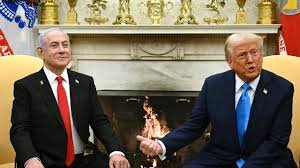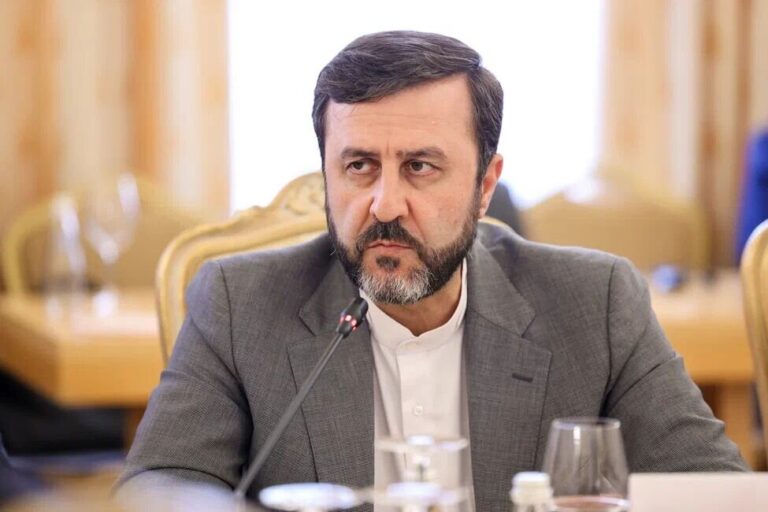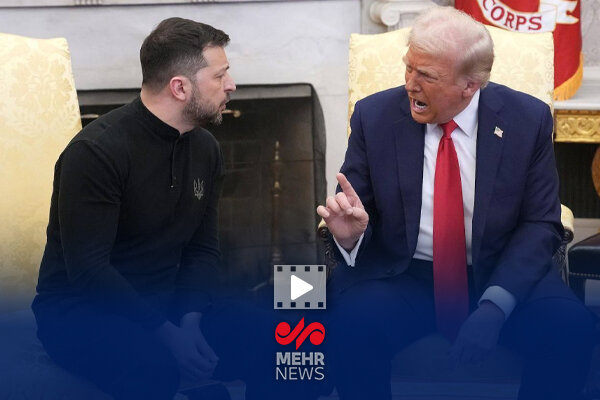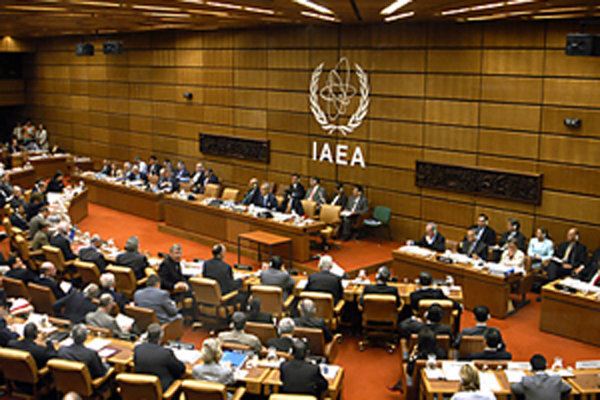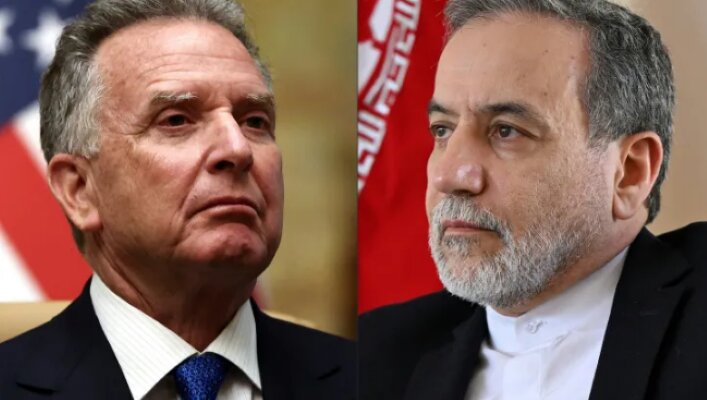Trump Unveils Bold ‘New Middle East’ Vision: A Game-Changer for Regional Diplomacy
In recent discussions surrounding the Middle East, the focus has shifted to former President Donald Trump’s evolving strategies for the region, particularly in relation to Israel and Palestine. The complexities of these plans reflect a broader ambition to reshape geopolitical dynamics and address long-standing conflicts.
During the final days of his election campaign, Trump made a controversial remark: “The (Israeli occupation) entity is so tiny and needs fattening up.” This statement came amidst Israeli Prime Minister Benjamin Netanyahu’s announcement of “Plan A” at the United Nations, which he termed the “New Middle East.” Netanyahu believed that after successfully targeting resistance leaders, this vision was within reach. However, the plan encountered significant challenges, particularly in the front-line villages of southern Lebanon.
As a result of these setbacks, Trump quickly transitioned to Plan B, which aimed to halt military actions in southern Lebanon and Gaza. His preference for short conflicts was evident as he recognized Israel’s inability to secure a decisive victory, despite its ongoing efforts. Rather than pursuing the fattening up of Israel through territorial expansion, Trump’s new strategy focused on managing the Jewish demographic balance by encouraging the displacement of Palestinians.
- Trump’s outreach included discussions with the King of Jordan and the President of Egypt, aiming to facilitate an “evacuation project.”
- This strategy raised concerns about potential instability in Jordan, with the risk of political upheaval if Palestinians were relocated there.
- To support this goal, conditions in Gaza and the West Bank have reportedly been made increasingly unbearable, further pushing for voluntary immigration.
However, the resilience of the Palestinian people has been notable; they have shown a steadfast commitment to remaining on their land despite the hardships they face.
Trump’s vision for a “New Middle East” also includes aspirations for formal recognition of Israel by Saudi Arabia and the establishment of diplomatic ties. Yet, many believe that this would merely transition relations from covert to overt, with little substantive change. The Abraham Accords, while initially promising, failed to prevent the violent events of October 7, demonstrating that normalization does not equate to lasting peace.
In a broader context, Trump seeks to restore American dominance in international affairs by exerting control over key economic aspects, such as the SWIFT banking system and the global hegemony of the U.S. dollar. His plans involve significant investments in the region, including:
- Exploiting the region’s natural resources, specifically “Mediterranean oil and beaches.”
- Transforming Gaza into a thriving economic hub, envisioning it as a new economic powerhouse akin to “Hong Kong in the Middle East.”
Moreover, Trump has issued stern warnings to BRICS nations against developing a new trade currency, threatening them with 100% tariffs. This approach targets nations like Saudi Arabia and Egypt, which play crucial roles in the West Asian economy. By doing so, Trump aims to distance these countries from BRICS monetary aspirations while also countering Chinese investments and the Belt and Road Initiative.
Another aspect of Trump’s strategy involves potential U.S. engagement in Syria, which may include reconstruction and investment initiatives. However, he labels the current Syrian leadership as terrorists and envisions a new government composed of non-terrorist elements. This shift could be facilitated through Persian Gulf states, rather than Turkey, paving the way for a peace agreement with Israel.
In the event of continued chaos in Syria, Trump’s Plan B may involve partitioning the country into four distinct zones:
- A Turkish-controlled zone covering Aleppo and Hama.
- A U.S. zone managed through Kurdish forces in the Euphrates region, including Raqqa, Hasakah, and Deir ez-Zor.
- An Israeli-influenced area extending from Golan to Daraa.
- A chaotic, lawless zone that could emerge in the aftermath of conflict.
As for Iran, Trump appears poised to pursue dialogue, but under terms favorable to the U.S. This negotiation process is likely to be lengthy and may ultimately fail, especially given the opposing goals of the two parties: Iran’s desire to expel American influence versus the U.S. aim for regime change.
In conclusion, Trump’s Middle East policies face significant challenges and appear increasingly unlikely to succeed. A full regional withdrawal, coupled with maximum sanctions and diplomatic isolation, may only serve to strengthen alliances among China, Russia, and Iran, further undermining U.S. influence in the region. The elements necessary for Trump’s plans are vast and complex, raising doubts about their viability in the face of a united regional opposition.
